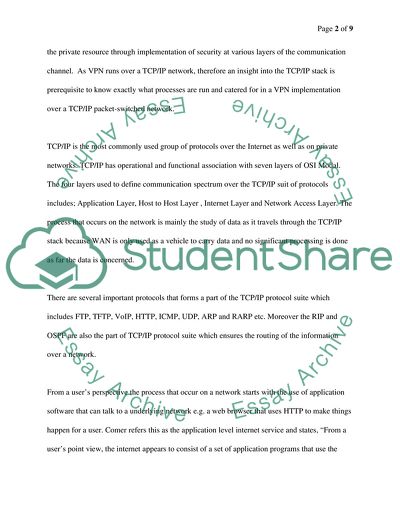Cite this document
(The Processes that Occur in a Network Coursework - 1, n.d.)
The Processes that Occur in a Network Coursework - 1. https://studentshare.org/information-technology/1747786-the-processes-that-occur-in-the-network-when-you
The Processes that Occur in a Network Coursework - 1. https://studentshare.org/information-technology/1747786-the-processes-that-occur-in-the-network-when-you
(The Processes That Occur in a Network Coursework - 1)
The Processes That Occur in a Network Coursework - 1. https://studentshare.org/information-technology/1747786-the-processes-that-occur-in-the-network-when-you.
The Processes That Occur in a Network Coursework - 1. https://studentshare.org/information-technology/1747786-the-processes-that-occur-in-the-network-when-you.
“The Processes That Occur in a Network Coursework - 1”. https://studentshare.org/information-technology/1747786-the-processes-that-occur-in-the-network-when-you.


